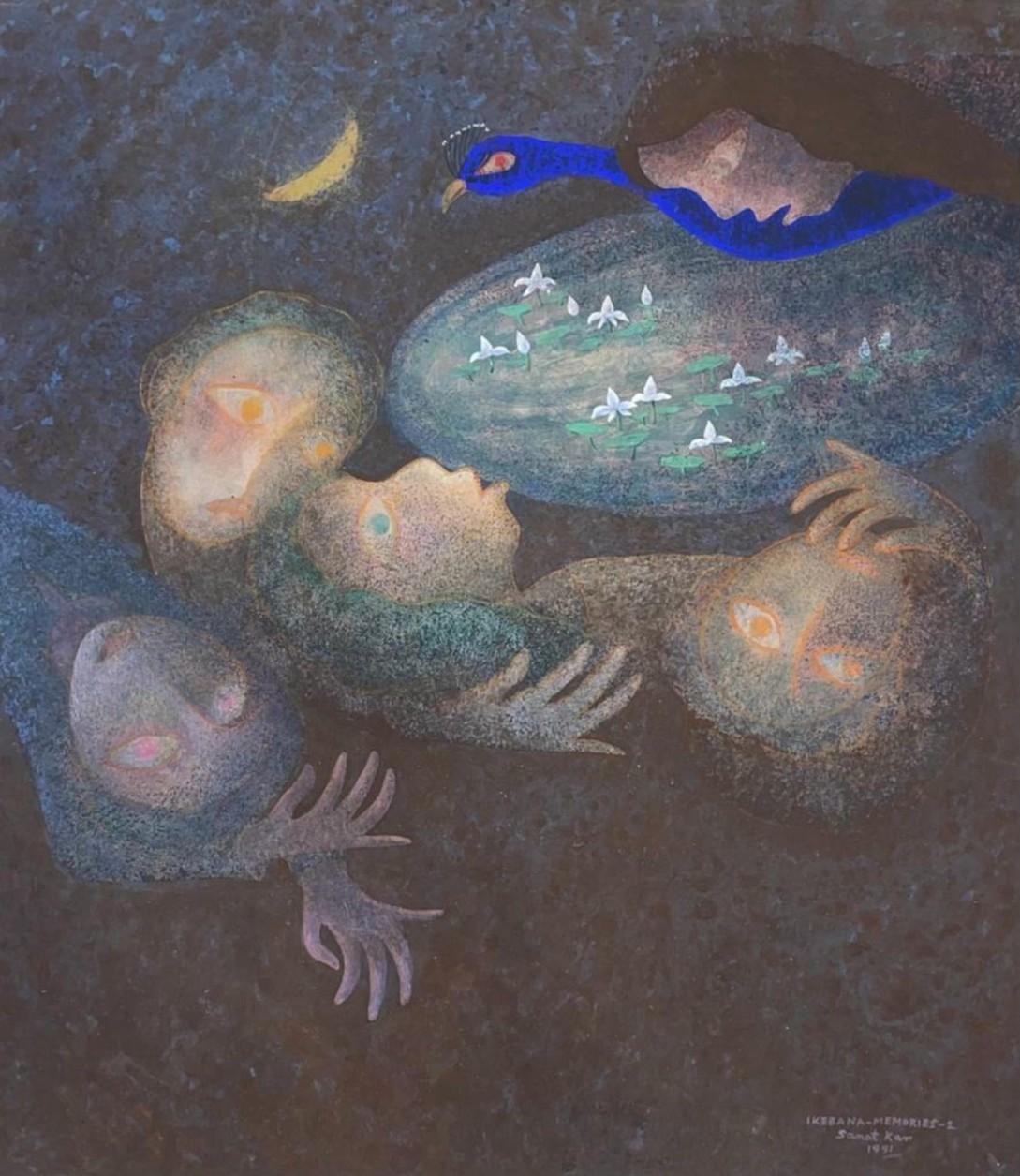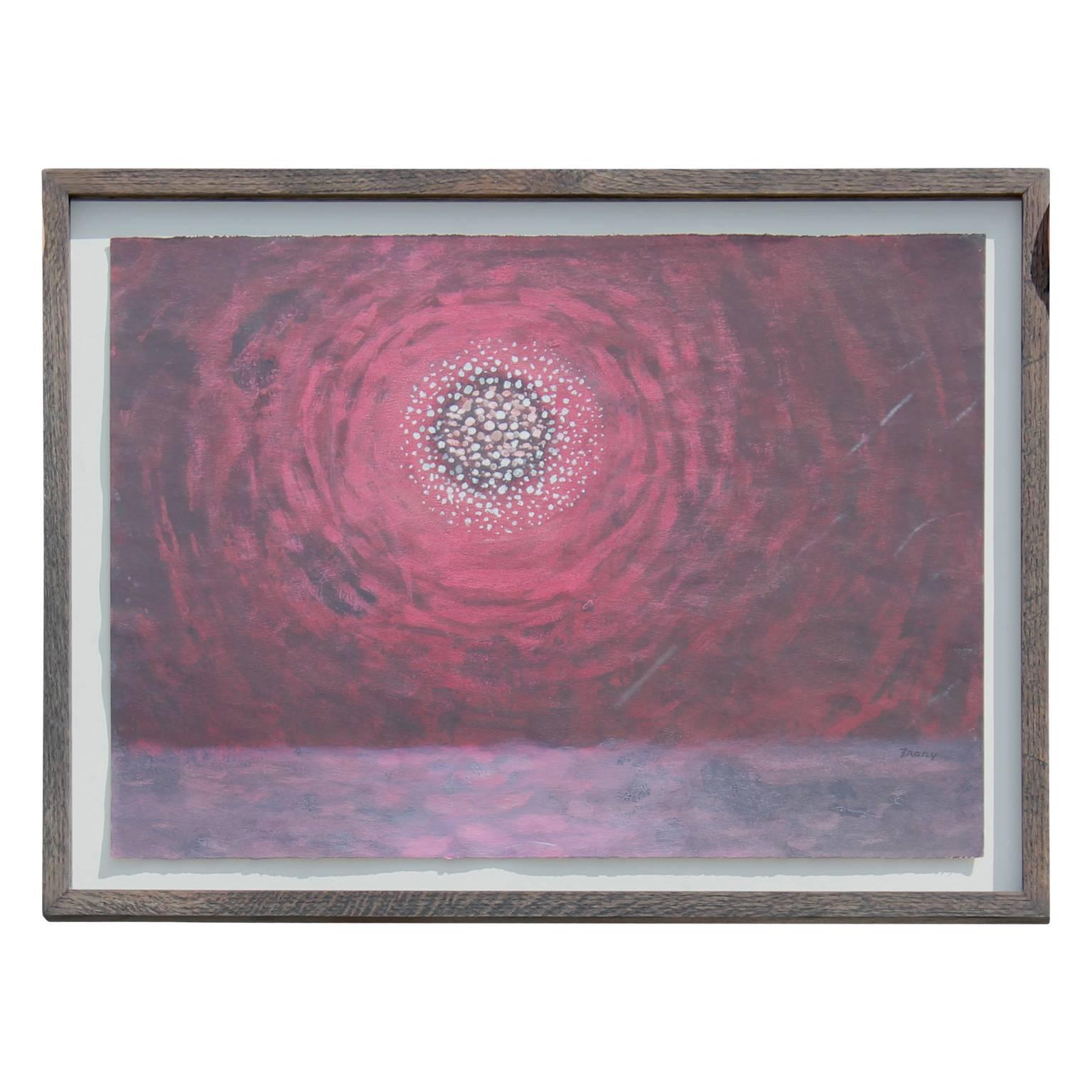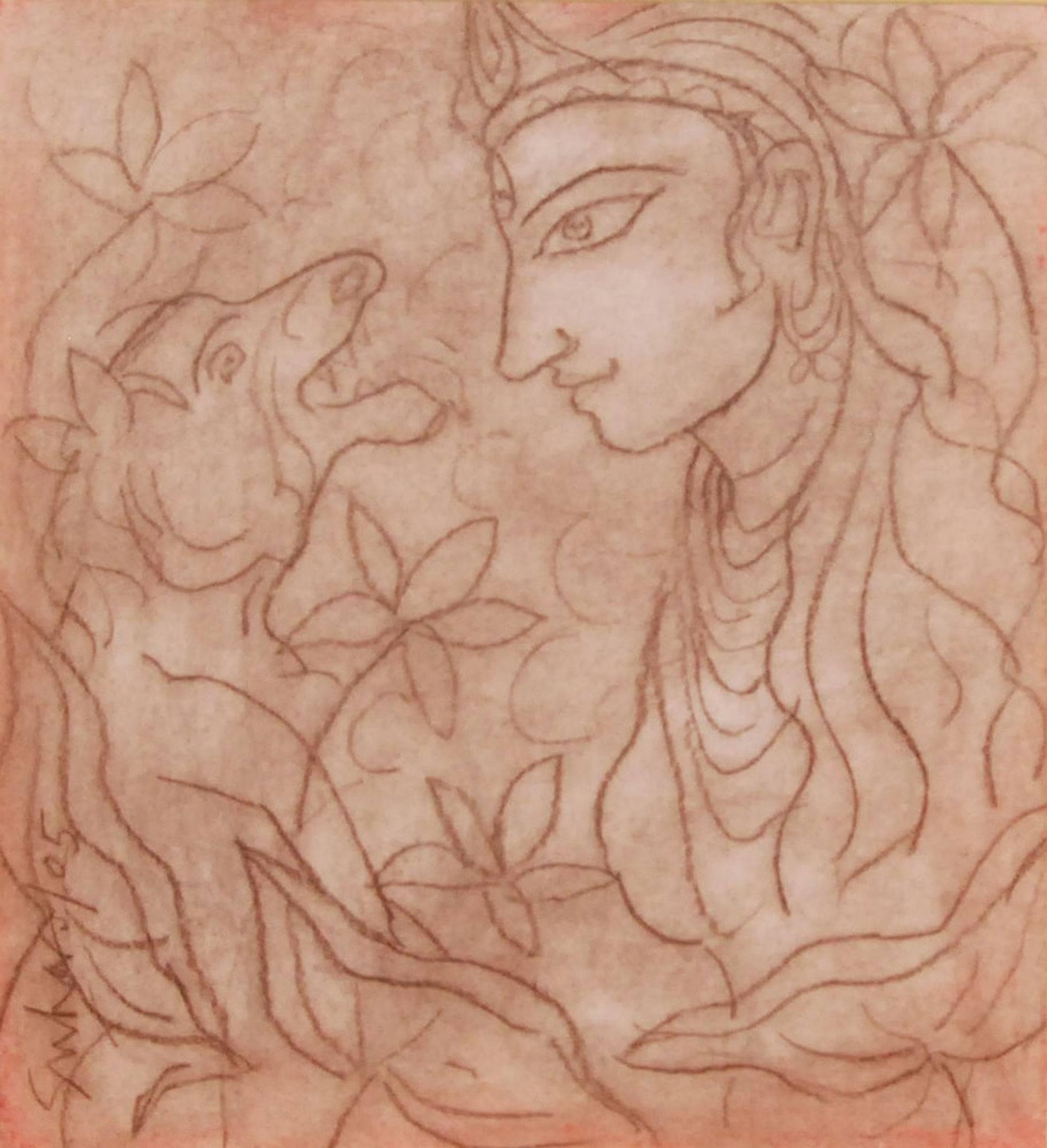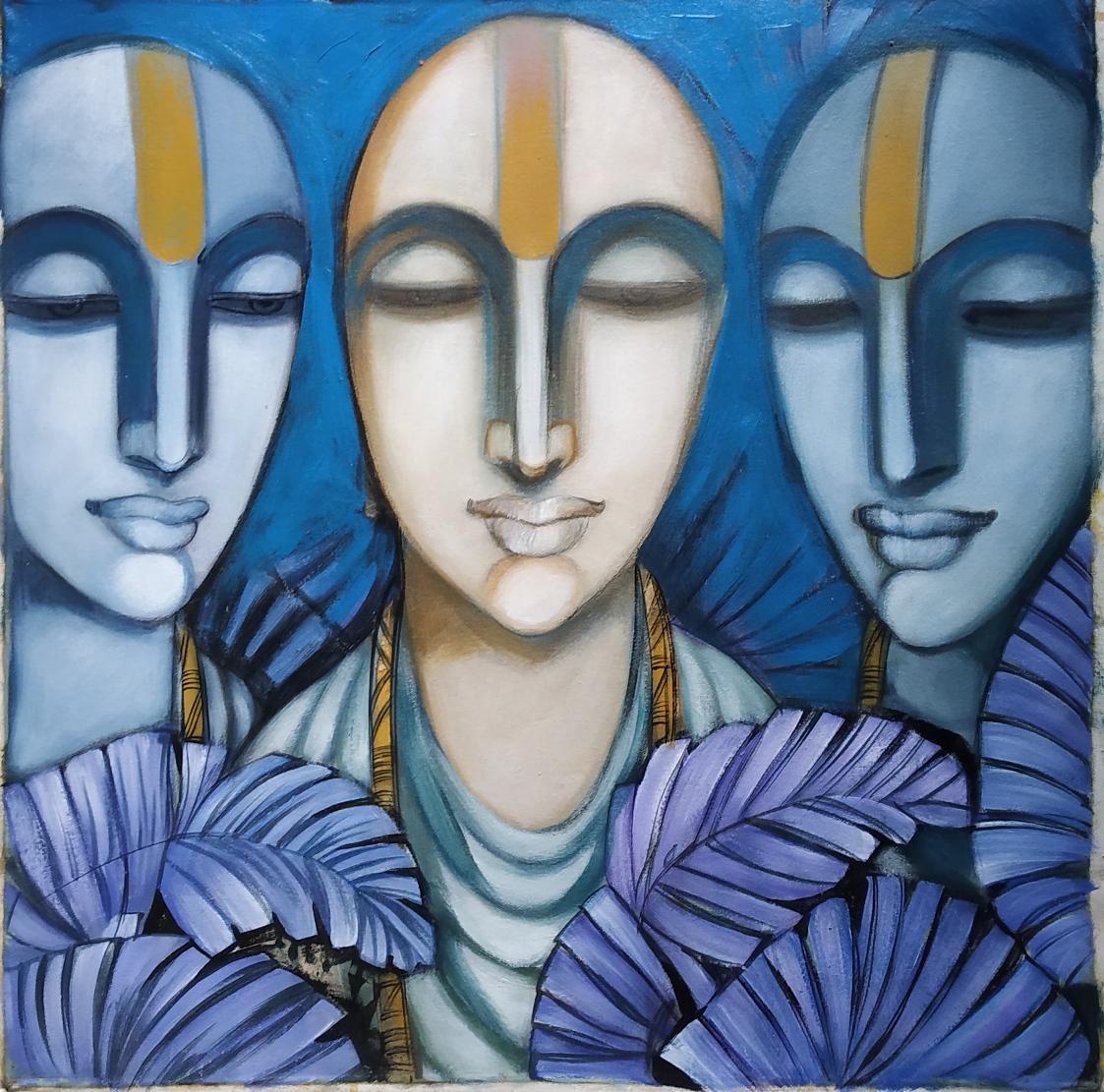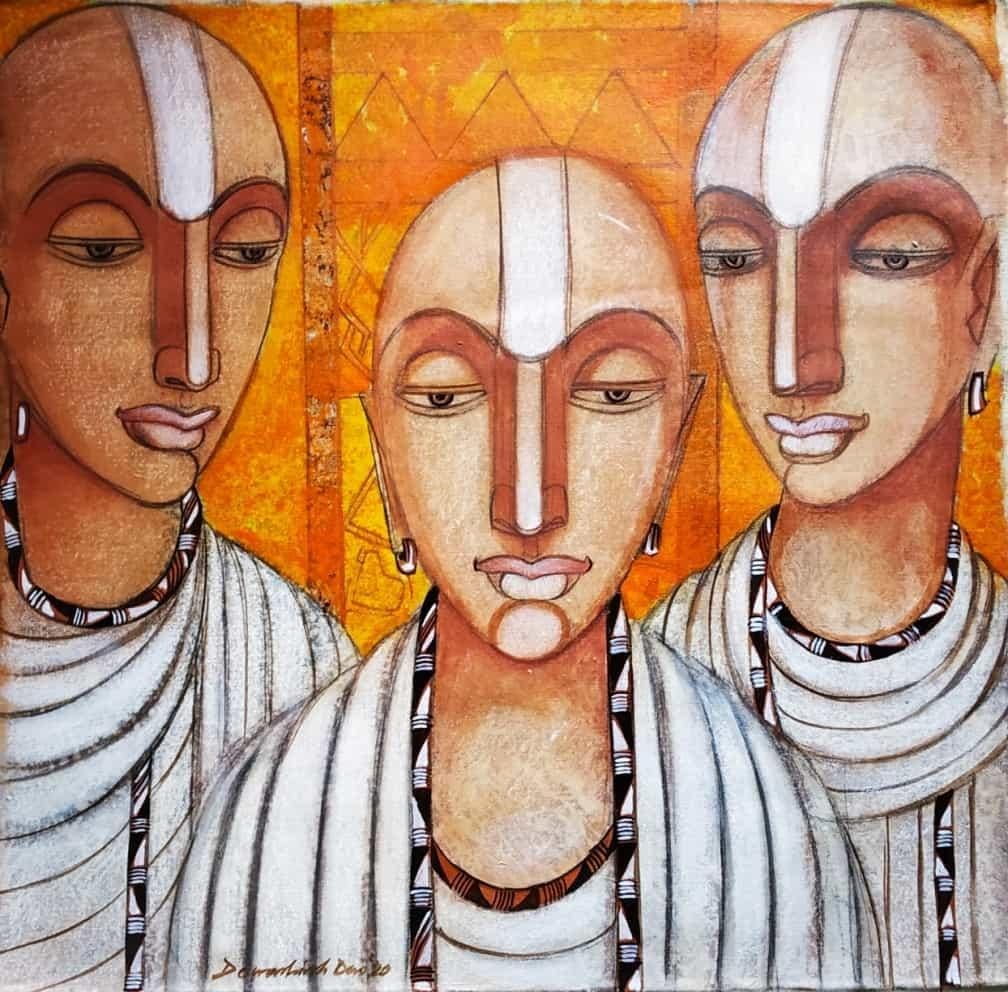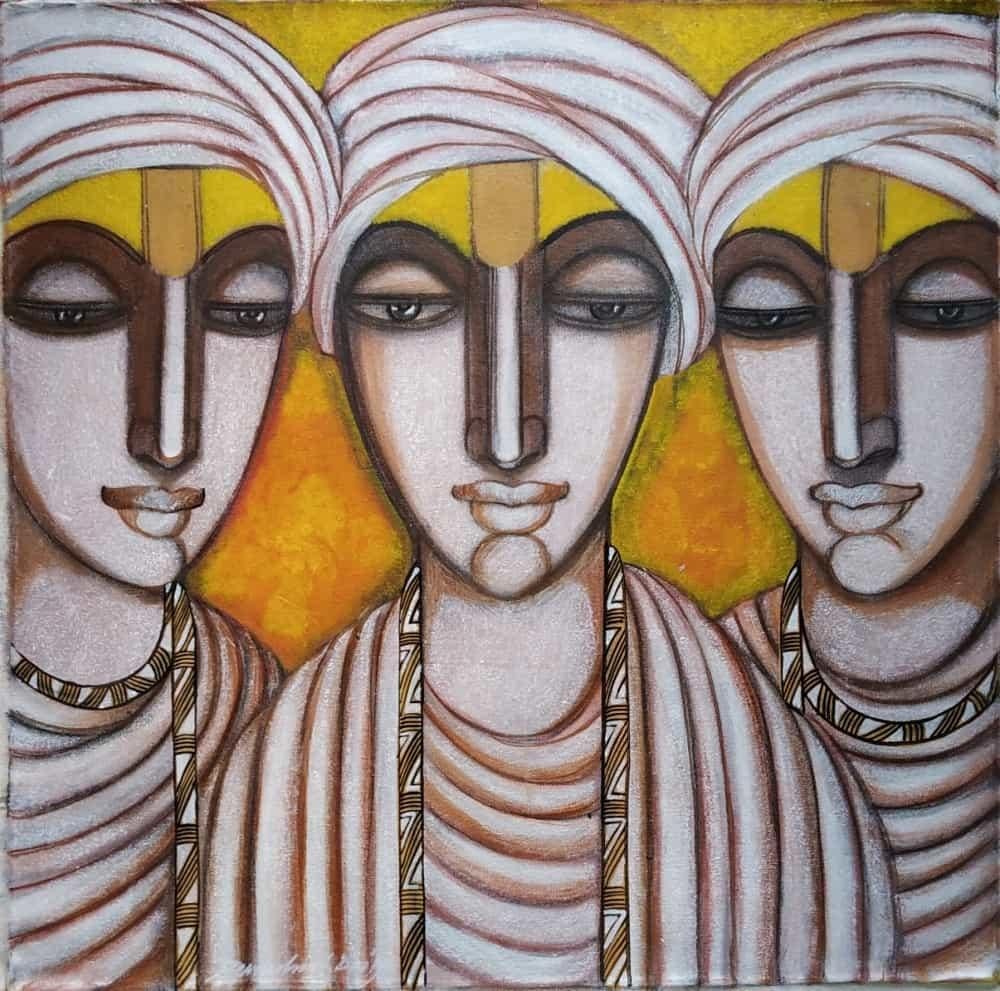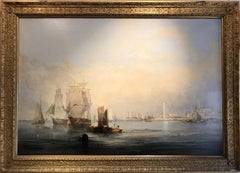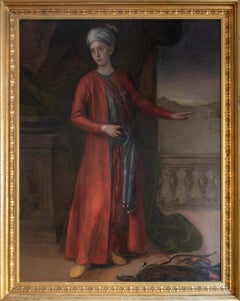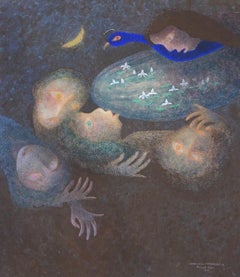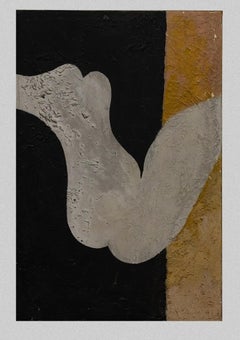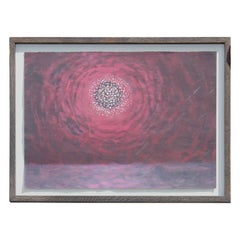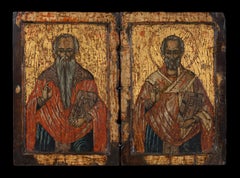
An Antique Greek Diptych Icon of Saint Nicholas and Saint Haralambos (C17th)
View Similar Items
Want more images or videos?
Request additional images or videos from the seller
1 of 2
UnknownAn Antique Greek Diptych Icon of Saint Nicholas and Saint Haralambos (C17th)
About the Item
- Dimensions:Height: 8.67 in (22 cm)Width: 11.82 in (30 cm)
- Medium:
- Period:Early 17th Century
- Condition:
- Gallery Location:London, GB
- Reference Number:1stDibs: LU67339824042
About the Seller
5.0
Vetted Seller
These experienced sellers undergo a comprehensive evaluation by our team of in-house experts.
Established in 1990
1stDibs seller since 2017
40 sales on 1stDibs
Typical response time: 2 hours
More From This SellerView All
- Portrait of an Italian NoblewomanLocated in London, GB15th century, Italian Circle of Antonio del Pollaiuolo (1429-1498) Portrait of an Italian Noblewoman Oil and tempura on poplar panel With partial inscription: ALZETAPIN Provenance:...Category
15th Century and Earlier Renaissance Portrait Paintings
MaterialsOil, Tempera, Wood Panel
- Grand 19th Century English Marine Painting in Stunning LightBy John Wilson EwbankLocated in London, GBJohn Wilson Ewbank (1799 - 1847) Shipping in the Harbour, South Shields Oil on canvas 39.5 x 58 inches unframed 47.75 x 66.5 inches framed Provenance: Christie's October 2002; Lot 11. Fine Art Society; Private Collection This marvellous up to scale Ewbank is full of light and warmth and almost certainly his greatest work of the sort rarely - if ever - seen on the market. John W. Ewbank (4 May 1799–28 November 1847), was an English-born landscape and marine painter largely operational from Scotland. The Humber river is a large tidal estuary on the east coast of Northern England. Life Ewbank was born at Darlington on 4 May 1799, the son of Michael Ewbank, an innkeeper. He was adopted as a child by a wealthy uncle who lived at Wycliffe, on the banks of the River Tees, in the North Riding of Yorkshire. Intended for the Roman Catholic priesthood, he was sent to Ushaw College, from which he absconded. In 1813 Ewbank was apprenticed to Thomas Coulson, an ornamental painter in Newcastle. In around 1816 he moved with Coulson to Edinburgh, where he had some lessons with Alexander Nasmyth. He found work both as a painter and a teacher. He was nominated in 1830 one of the foundation members of the Royal Scottish Academy. In 1833 he is listed as living at 7 Union Street on the eastern fringe of the New Town in Edinburgh. Works His sketches from nature were especially admired, and a series of 51 drawings of Edinburgh by him were engraved by W. H. Lizars for James Browne's Picturesque Views of Edinburgh (1825). He also made a reputation with cabinet pictures of banks of rivers, coast scenes, and marine subjects. As an illustrator he illustrated some early editions of Scott's Waverley Novels and one edition of Gilbert White...Category
19th Century Old Masters Figurative Paintings
MaterialsOil
$189,759Free Shipping - 18th C. Portrait of the 4th Earl of Sandwich a View of Constantinople BeyondLocated in London, GBJohn Montagu, 4th Earl of Sandwich (13 November 1718 – 30 April 1792) Attributed to George Knapton (1698-1778) Dressed in the Turkish manner, stand...Category
18th Century Old Masters Figurative Paintings
MaterialsOil
- Portrait of horses, Hunters at Grass (Summer Holidays)By John Frederick Herring Sr.Located in London, GBWithin the context of British sporting art, one has to put a Herring on this scale as a jewel in the crown. Coming from a collection formed in the 1930s, this is its first change of ...Category
1840s Victorian Animal Paintings
MaterialsOil
- Venetian School, Ottoman Honey MerchantLocated in London, GBThis incredibly rare early depiction of an Eastern Mediterranean or North African honey merchant is thought have been painted circa 1620. It predates the Flemish-French painter Jean ...Category
Early 17th Century Paintings
MaterialsCanvas, Oil
- Striking 18th Century Portrait of the 12th Earl of CaithnessBy Sir Henry RaeburnLocated in London, GBSir Henry Raeburn (1756-1823) James Sinclair, 12th Earl of Caithness (1766-1823) Oil on Canvas 30 X 25 inches Unframed 37 X 32 inches framed Sir Henry Raeburn FRSE RA RSA (4 March 1756 – 8 July 1823) was a Scottish portrait painter and Scotland's first significant portrait painter since the Union to remain based in Scotland. He served as Portrait Painter to King George IV in Scotland. Raeburn was born the son of a manufacturer in Stockbridge, on the Water of Leith: a former village now within the city of Edinburgh. He had an older brother, born in 1744, called William Raeburn. His ancestors were believed to have been soldiers, and may have taken the name "Raeburn" from a hill farm in Annandale, held by Sir Walter Scott's family. Orphaned, he was supported by William and placed in Heriot's Hospital, where he received an education. At the age of fifteen he was apprenticed to the goldsmith James Gilliland of Edinburgh, and various pieces of jewellery, mourning rings and the like, adorned with minute drawings on ivory by his hand, still exist. Soon he took to the production of carefully finished portrait miniatures; meeting with success and patronage, he extended his practice to oil painting, at which he was self-taught. Gilliland watched the progress of his pupil with interest, and introduced him to David Martin, who had been the favourite assistant of Allan Ramsay the Latter, and was now the leading portrait painter in Edinburgh. Raeburn was especially aided by the loan of portraits to copy. Soon he had gained sufficient skill to make him decide to devote himself exclusively to painting. George Chalmers (1776; Dunfermline Town Hall) is his earliest known portrait. In his early twenties, Raeburn was asked to paint the portrait of a young lady he had noticed when he was sketching from nature in the fields. Ann was the daughter of Peter Edgar of Bridgelands, and widow of Count James Leslie of Deanhaugh. Fascinated by the handsome and intellectual young artist, she became his wife within a month, bringing him an ample fortune. The acquisition of wealth did not affect his enthusiasm or his industry, but spurred him on to acquire a thorough knowledge of his craft. It was usual for artists to visit Italy, and Raeburn set off with his wife. In London he was kindly received by Sir Joshua Reynolds, the president of the Royal Academy, who advised him on what to study in Rome, especially recommending the works of Michelangelo, and gave Raeburn letters of introduction for Italy. In Rome he met his fellow Scot Gavin Hamilton, Pompeo Girolamo Batoni and Byers, an antique dealer whose advice proved particularly useful, especially the recommendation that "he should never copy an object from memory, but, from the principal figure to the minutest accessory, have it placed before him." After two years of study in Italy he returned to Edinburgh in 1787, and began a successful career as a portrait painter. In that year he executed a seated portrait of the second Lord President Dundas. Examples of his earlier portraiture include a bust of Mrs Johnstone of Baldovie and a three-quarter-length of Dr James Hutton: works which, if somewhat timid and tentative in handling and not as confident as his later work, nevertheless have delicacy and character. The portraits of John Clerk, Lord Eldin, and of Principal Hill of St Andrews belong to a later period. Raeburn was fortunate in the time in which he practised portraiture. Sir Walter Scott, Hugh Blair, Henry Mackenzie, Lord Woodhouselee, William Robertson, John Home, Robert Fergusson, and Dugald Stewart were resident in Edinburgh, and were all painted by Raeburn. Mature works include his own portrait and that of the Rev. Sir Henry Moncrieff Wellwood, a bust of Dr Wardrop of Torbane Hill, two full-lengths of Adam Rolland of Gask, the remarkable paintings of Lord Newton and Dr Alexander Adam in the National Gallery of Scotland, and that of William Macdonald of St Martin's. Apart from himself, Raeburn painted only two artists, one of whom was Sir Francis Leggatt Chantrey, the most important and famous British sculptor of the first half of the 19th century. It has recently been revealed that Raeburn and Chantrey were close friends and that Raeburn took exceptional care over the execution of his portrait of the sculptor, one of the painter's mature bust-length masterpieces. It was commonly believed that Raeburn was less successful in painting female portraits, but the exquisite full-length of his wife, the smaller likeness of Mrs R. Scott Moncrieff in the National Gallery of Scotland, and that of Mrs Robert Bell, and others, argue against this. Raeburn spent his life in Edinburgh, rarely visiting London, and then only for brief periods, thus preserving his individuality. Although he, personally, may have lost advantages resulting from closer association with the leaders of English art, and from contact with a wider public, Scottish art gained much from his disinclination to leave his native land. He became the acknowledged chief of the school which was growing up in Scotland during the early 19th century, and his example and influence at a critical period were of major importance. So varied were his other interests that sitters used to say of him, "You would never take him for a painter till he seizes the brush and palette." In 1812 he was elected president of the Society of Artists in Edinburgh; and in 1814 associate, and in the following year full member, of the Royal Scottish Academy. On 29 August 1822 he was knighted by George IV and appointed His Majesty's limner for Scotland at the Earl of Hopetoun house. He died in Edinburgh. Raeburn had all the essential qualities of a popular and successful portrait painter. He was able to produce a telling and forcible likeness; his work is distinguished by powerful characterisation, stark realism, dramatic and unusual lighting effects, and swift and broad handling of the most resolute sort. David Wilkie recorded that, while travelling in Spain and studying the works of Diego Velázquez, the brushwork reminded him constantly of the "square touch" of Raeburn. Scottish physician and writer John Brown wrote that Raeburn "never fails in giving a likeness at once vivid, unmistakable and pleasing. He paints the truth, and he paints it with love". Raeburn has been described as a "famously intuitive"portrait painter. He was unusual amongst many of his contemporaries, such as Reynolds, in the extent of his philosophy of painting directly from life; he made no preliminary sketches. This attitude partly explains the often coarse modelling and clashing colour combinations he employed, in contrast to the more refined style of Thomas Gainsborough and Reynolds. However these qualities and those mentioned above anticipate many of the later developments in painting of the 19th century from romanticism to Impressionism. Sir Henry Raeburn died in St Bernard's House (17 St Bernards Crescent), Stockbridge, Edinburgh. He is buried in St. Cuthbert's churchyard against the east wall (the monument erected by Raeburn in advance) but also has a secondary memorial in the Church of St John the Evangelist, Edinburgh. James Sinclair, 12th Earl of Caithness was born at Barrogill Castle (Castle of Mey) on 31 May 1766. He was the son of Sir John Sinclair of Mey, Baronet who he succeeded in the baronetcy in 1774. He succeeded as 12th earl of Caithness in 1789. He was lord-lieutenant of the county of Caithness and lieutenant-colonel of the Ross-shire militia. He married at Thurso Castle on 2 January 1784 Jane, second daughter of Alexander Campbell...Category
18th Century Portrait Paintings
MaterialsOil
$28,074 Sale Price40% OffFree Shipping
You May Also LikeView All
- Ikebana Memories-2, Mixed Media on Paper "In Stock"By Sanat KarLocated in Kolkata, West BengalSanat Kar - Ikebana Memories-2 22 x 19 inches (unframed size) Mixed Media on Paper 1991 Style: Majority of Sanat Kar's works are surrealistic and have a curious dream-like appearan...Category
1990s Modern Figurative Paintings
MaterialsPaper, Mixed Media, Tempera
- Nude of Woman - Mixed Media by Sergio Barletta - 1970sBy Sergio BarlettaLocated in Roma, ITWoman Nude is an original Contemporary artwork realized in the 1970s by Sergio Barletta (Bologna, 20 November 1934). Original mixed media (cement, cementite, tempera and oil) on canvas. Signature on the back. Good conditions. Sergio Barletta (Bologna, 20 November 1934). He made his debut at a very young age for the Saturday insert of the Gazzetta del Popolo Fuorisacco, and in the same years he collaborated with various magazines as an illustrator. In 1968 he created the comic strip Mr. Manager for Rinascita, but following the magazine's refusal to publish it as it was too politicized, the strip landed on the magazines Ca Balà and Eureka, to which he also contributed with self-contained tables. Subsequently he collaborates as a satirical cartoonist with Italian and European magazines. For his irreverent and merciless style he has been compared to Jules Feiffer...Category
1970s Contemporary Mixed Media
MaterialsMixed Media, Oil, Tempera
- Red Sunset Abstract, Pointillist PaintingBy Michael FraryLocated in Houston, TXRed abstract sunset painting that incorporates impressionist and pointillism techniques by artist Michael Frary. Signed by the artist. Artist...Category
Late 20th Century Abstract Abstract Paintings
MaterialsEgg Tempera, Gouache
- Untitled, Tempera on Board by Modern Indian Artist Lalu Prasad Shaw "In Stock"By Lalu Prasad ShawLocated in Kolkata, West BengalLalu Prasad Shaw - Untitled - 25 x 20.5 inches Tempera on Board, 2015 Style : Known widely for his highly stylized portraits of Bengali women and couples, Lalu Prasad Shaw’s works lay the most emphasis on his subject’s physical characteristics. Capturing the expressions of his subjects perfectly with the greatest economy of line and colour each of Shaw’s paintings has an intimate feel to it. Influenced by the pre-independence Company School of art, the traditional Kalighat Pat and the Ajanta cave paintings, Shaw’s works, mainly executed in gouache or tempera, like his own person, are simple and graceful, having a very still, well-composed and smooth exterior. This senior artist draws his inspiration primarily from nature and the milieu surrounding the great Bengali middle class, often depicting pleasant and quiet scenes from his own life on his canvases and papers. His style is unique and modern in its adaptation of academic and traditional Indian formats. A particularly notable aspect of Shaw's paintings is their simple yet sophisticated look. One notices a seamless synthesis of different stylistic elements to achieve a phenomenal effect. About the Artist and his work : Born : 1937 in Bengal. Education : completed his education in fine arts at the Government College of Arts and Crafts in Kolkata. International Shows : 1970 - Second British Biennale in London; 1974 - Norwegian Print...Category
2010s Modern Figurative Paintings
MaterialsTempera, Board
- Durga, Indian Goddess, Mythology, Tempera & Pastel on board in Brown "In Stock"By Suhas RoyLocated in Kolkata, West BengalSuhas Roy - Durga - 20 x 20 inches (unframed size) Tempera and Pastel on Board , 2005 ( Framed & Door Delivered ) Durga- Indian goddess combating evil...Category
Early 2000s Modern Figurative Paintings
MaterialsPastel, Tempera, Board
- Jugal, Tempera on Canvas, Red, Blue, Green by Contemporary Artist "In Stock"By Bratin KhanLocated in Kolkata, West BengalBratin Khan - Jugal Tempera on Canvas, 36 x 60 inches The anecdotes and narratives of Krishna's life are generally titled as Krishna Leela. He is a central character in the Mahabharata, the Bhagavata Purana and the Bhagavad Gita...Category
2010s Contemporary Figurative Paintings
MaterialsCanvas, Tempera
